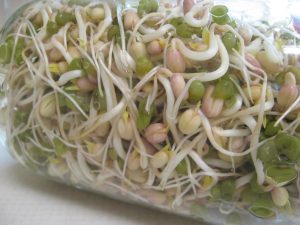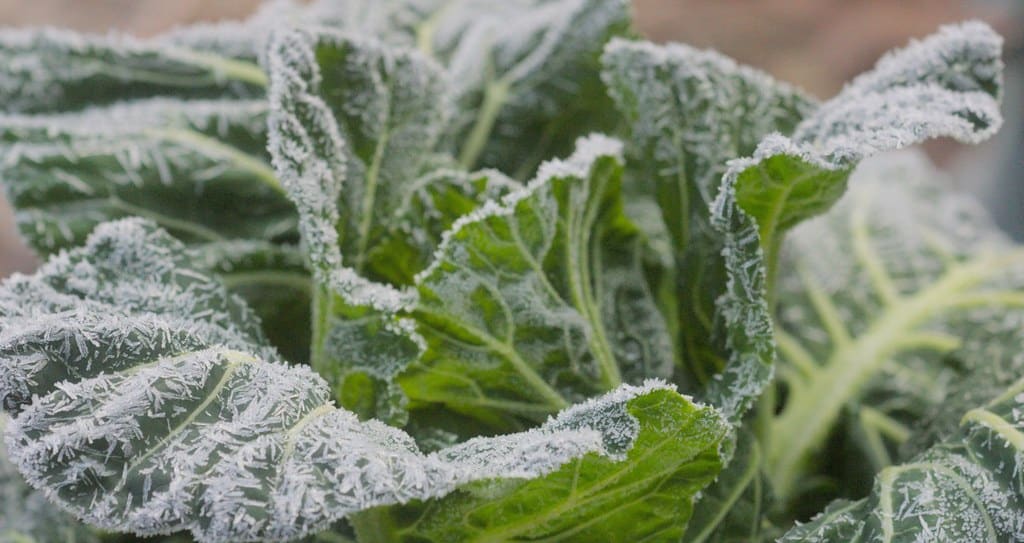
The daylight hours drop to their lowest this month but there are crops ready for harvest and still a few jobs that can be done. December is also the ideal month to plan the vegetable garden for next year as crops need to be rotated through the beds. Planting the same crop in the same place can lead to diseases developing over time.
Harvesting crops
Parsnips, leeks and winter cabbages are quite happy left in the ground to be harvested as and when you want them. The only difficulty is if the ground freezes and it becomes too hard to lift them so putting down a layer of straw in advance of a frosty forecast will prevent this. Alternatively, in the case of leeks and parsnips you can dig them up and heel them into a trench close to the house or near a convenient path. They will be fine like this for the remainder of the winter months.
Brussels sprouts are ready for picking when they are about an inch in diameter. Pick from the bottom up, twisting gently. Potatoes planted earlier in the year for Christmas should be ready in the next few weeks.
Jobs
Continue to remove any yellowing leaves from brassicas to prevent disease or fungus growth.
Rhubarb grows vigorously through the summer months and can very quickly take over so now is the ideal time to lift it, divide it and re-plant the outer sections that are newer and healthier. Give it plenty of well-rotted manure to ensure that it has a good start in early Spring. Try placing a large bin over one of the clumps which will force the rhubarb for an early crop next Spring giving particularly sweet and succulent stems.
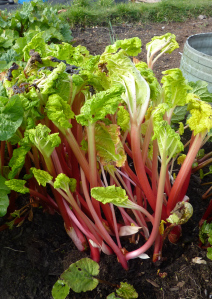
Asparagus foliage will have now died and needs to be removed as does the top growth of Jerusalem artichokes. It is a good time to place orders for asparagus crowns as they will arrive in early Spring ready to be planted out.
Complete digging over of vegetable patches and manure well. Worms and frost will break up any clods of soil.
In preparation of growing beans next year, dig a trench and begin to fill it with any un-cooked, compostable kitchen waste such as peelings. As long as you keep covering your waste with a little soil to deter rats you can do this over a few weeks. Finally cover with a good layer of soil. It’s a really satisfying way to use up kitchen waste but also hugely improves the crop next year as beans need very well-fed soil to grow well.
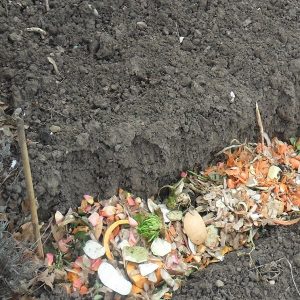
Cover any celery plants still in the ground and hardy salad crops such as ‘Winter Gem’ lettuce or corn salad on frosty nights.
If you have never grown sprouting seeds they are very easy to grow on a windowsill and are high in vitamins and very delicious. Really crunchy added to a salad or in a sandwich. I find I have a need to be growing something in the dark winter months and so sprouting seeds are a must in my kitchen.
How to grow them
Sprouting seeds are simply seeds that are germinated and grown on a little until they produce sprouts -a few days is all it takes. You can buy special trays to grow them in but a jam jar works equally well.
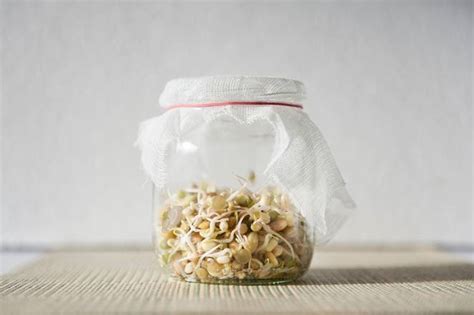
Put in about 2 heaped tablespoons of seeds (they swell quite considerably) and then fill the jar with water. Let these soak overnight and then drain off the water. Putting muslin over the top of the jar makes draining the seeds easy. Keep the seeds in a warm but dark place until they germinate then bring them out into the light for a couple of days to develop their flavour. The seeds will now need rinsing and draining twice a day to keep them fresh.
Many different types of seeds are suitable to grow as sprouts. Here are a few tasty examples.
Alfalfa seeds are small and have crunchy sprouts with a mild taste.
Beet sprouts are colourful and very sweet.
Broccoli sprouts are chunky with a nutty, spicy flavour.
Green pea sprouts are crunchy with a fresh, sweet taste.
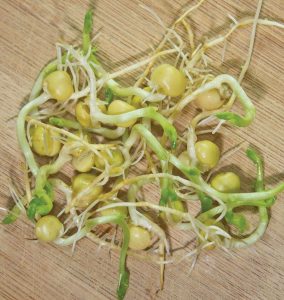
Mung bean sprouts are juicy with a mild flavour.
